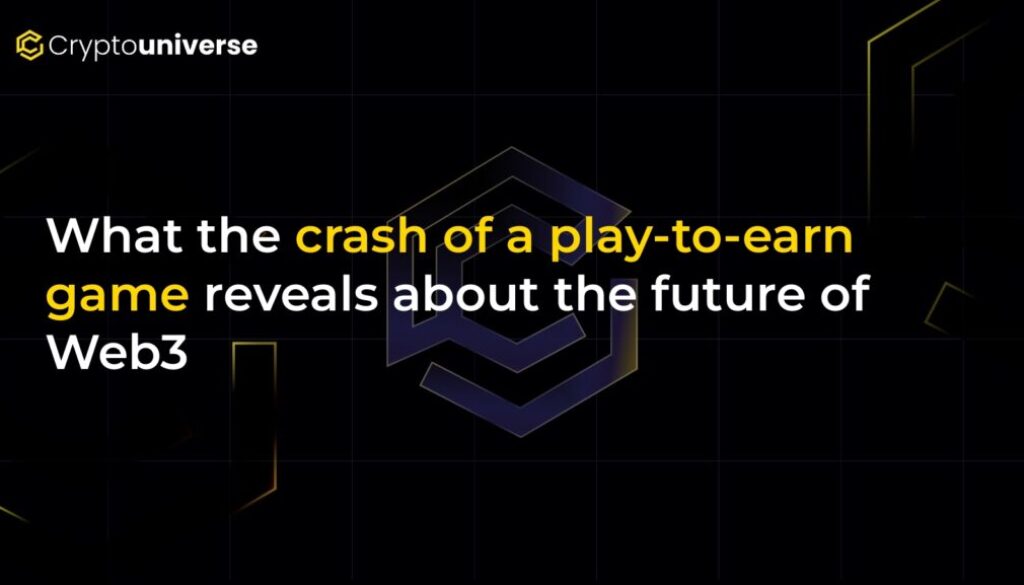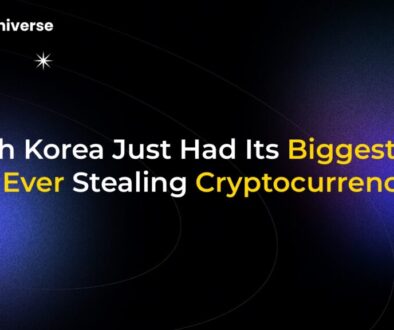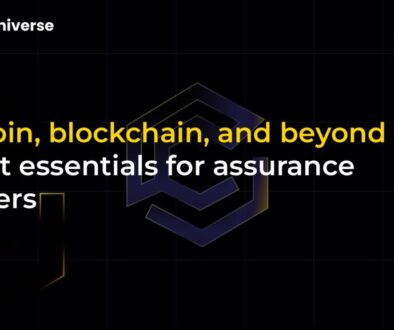What the crash of a play-to-earn game reveals about the future of Web3

The Rise and Fall of a Digital Empire
At the peak of the crypto bull run, one name was on every gamer’s lips: Axie Infinity. It wasn’t just a game; it was a phenomenon. A blockchain-based world where players could earn real money by battling cute, NFT creatures. During the global lockdowns, it became a lifeline for thousands, particularly in countries like the Philippines, transforming into a primary source of income. This was the golden age of Play-to-Earn (P2E), a revolutionary model that promised to put financial power back into the hands of players.
But as quickly as it rose, the empire began to crumble. A catastrophic $620 million hack, combined with a brutal crypto market crash, sent the game’s economy into a death spiral. Players who once earned a living saw their digital assets become nearly worthless overnight. The mass exodus that followed led many to declare the P2E experiment a failure. But this story is more than just a cautionary tale. What the crash of a play-to-earn game reveals about the future of Web3 is a series of crucial, hard-earned lessons that are shaping the next generation of the internet.
When “Earning” Overpowers “Playing”
To understand the crash, we have to understand the model. Axie Infinity required an initial investment in the form of NFT “axies.” The earnings from playing were funded by the constant influx of new players buying these NFTs. While developer Sky Mavis envisioned onboarding the world to Web3, many critics labeled the system an unsustainable digital Ponzi scheme.
When the market turned and the stream of new players dried up, the economic engine stalled. Users began to admit openly what many had suspected: the game itself wasn’t very fun. They were “grinding,” not playing, enduring repetitive tasks solely for the financial reward. This exposed the core flaw of the first P2E wave: when the primary incentive is earning, the project is a financial product first and a game second. And when the financial product fails, there’s no reason to stick around.
The Survivors: More Than Just Victims
Interestingly, not everyone left. A recent study by Cornell University researchers explored the motivations of players who remained after the crash. By analyzing discussions on platforms like Reddit and Medium, they discovered something fascinating. The remaining players weren’t simply naive victims clinging to false hope. Instead, they were active participants who understood the risks. They were strategizing, trying to protect their initial investment, and grinding in the hope that their tokens would one day rebound.
This reveals a deeper, more resilient user mindset than often portrayed. These weren’t just players; they were micro-investors managing a volatile portfolio, demonstrating a commitment to the ecosystem despite its collapse. This resilience, however small, points to the powerful allure of a user-owned internet.
Hard-Learned Lessons for the Future of Web3 Gaming
The Axie Infinity saga, with its spectacular boom and bust, provides a clear roadmap of pitfalls to avoid and principles to embrace for the future of Web3. The entire industry is now building on these lessons.
1. Sustainability Must Trump Speculation
The biggest takeaway is that an economy built solely on speculation and the need for new entrants is doomed to fail. The future isn’t “Play-to-Earn,” but rather “Play-and-Own.” The focus must shift to creating genuinely fun, engaging games that people would want to play even without a financial incentive. The ownership of in-game assets should be a powerful bonus, not the sole reason to play.
2. Tokenomics is a Double-Edged Sword
Most Web3 games that fail collapse when their native token collapses. An entire project’s fate should not be tied to the speculative whims of the crypto market. New projects are learning from this. Some are launching without a token to focus on building a solid product and community first. Others are designing more robust economic models with built-in utility and deflationary mechanisms to create long-term value.
3. True Digital Ownership is the Real Prize
Beyond the hype, the core innovation of Web3 remains unchanged and incredibly powerful. In Web2 games, the items you spend hundreds of hours and dollars on are locked to your account and owned by the publisher. In Web3, your assets are truly yours. They are liquid, transferable, and sellable on open markets. This fundamental shift in property rights is the revolution that will outlast any speculative bubble. It gives players a real, tangible stake in the virtual worlds they inhabit.
4. Every New Technology Has a Messy Start
Building a great game is hard. Building a sustainable decentralized economy is even harder. The current state of Web3 gaming is not the final form. As one observer noted, every platform shift follows the same arc: speculation, terrible early products, spectacular crashes, and then, finally, genuine innovation. We are emerging from the crash phase and entering an era where serious builders, armed with the lessons from failures like Axie, are creating the next generation of immersive experiences.
The Next Chapter for Web3
Axie Infinity wasn’t the end of Web3 gaming; it was the end of the beginning. It served as a massive, public stress test that exposed the vulnerabilities of a naive and over-hyped model. The crash was a necessary market correction that washed away the speculators and left behind the true believers and dedicated builders.
The dream of a decentralized, user-owned internet is very much alive. The next wave of projects is being built with more caution, more focus on fun, and a deeper understanding of economic sustainability. The fall of the first P2E giant didn’t kill the dream—it cleared the path for it to be built correctly.


